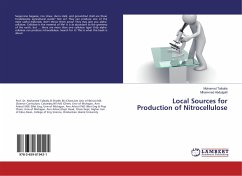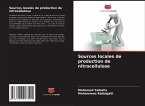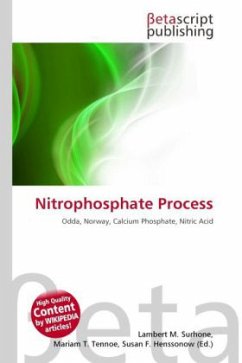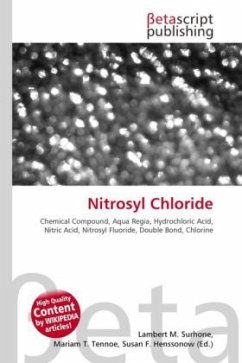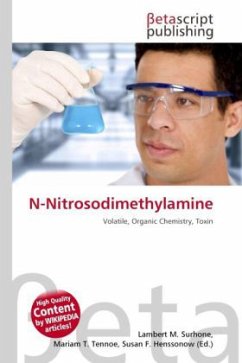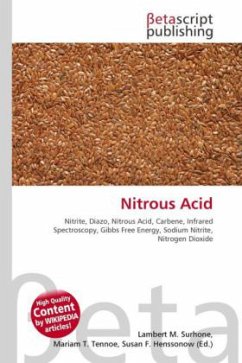Please note that the content of this book primarily consists of articles available from Wikipedia or other free sources online. Nitrocellulose is a highly flammable compound formed by nitrating cellulose through exposure to nitric acid or another powerful nitrating agent. When used as a propellant or low-order explosive, it is also known as guncotton. Henri Braconnot discovered in 1832 that nitric acid, when combined with starch or wood fibers, would produce a lightweight combustible explosive material, which he named xyloïdine. A few years later in 1838 another French chemist Théophile-Jules Pelouze treated paper and cardboard in the same way. He obtained a similar material he called nitramidine. Both of these substances were highly unstable, and were not practical explosives. However, Christian Friedrich Schönbein, a German-Swiss chemist, discovered a more practical solution around 1846. As he was working in the kitchen of his home in Basle, he spilled a bottle of concentrated nitric acid on the kitchen table.
Bitte wählen Sie Ihr Anliegen aus.
Rechnungen
Retourenschein anfordern
Bestellstatus
Storno


